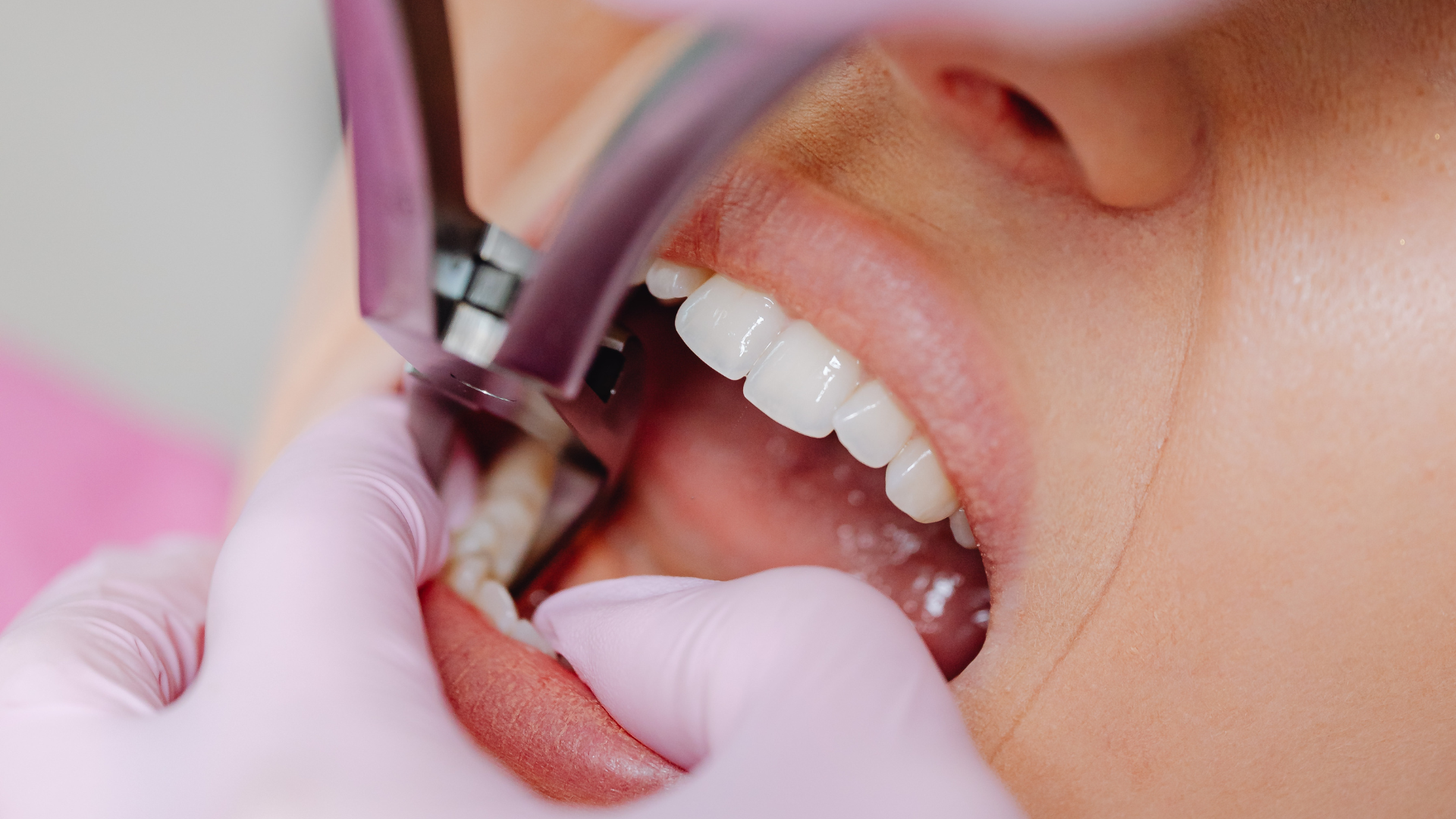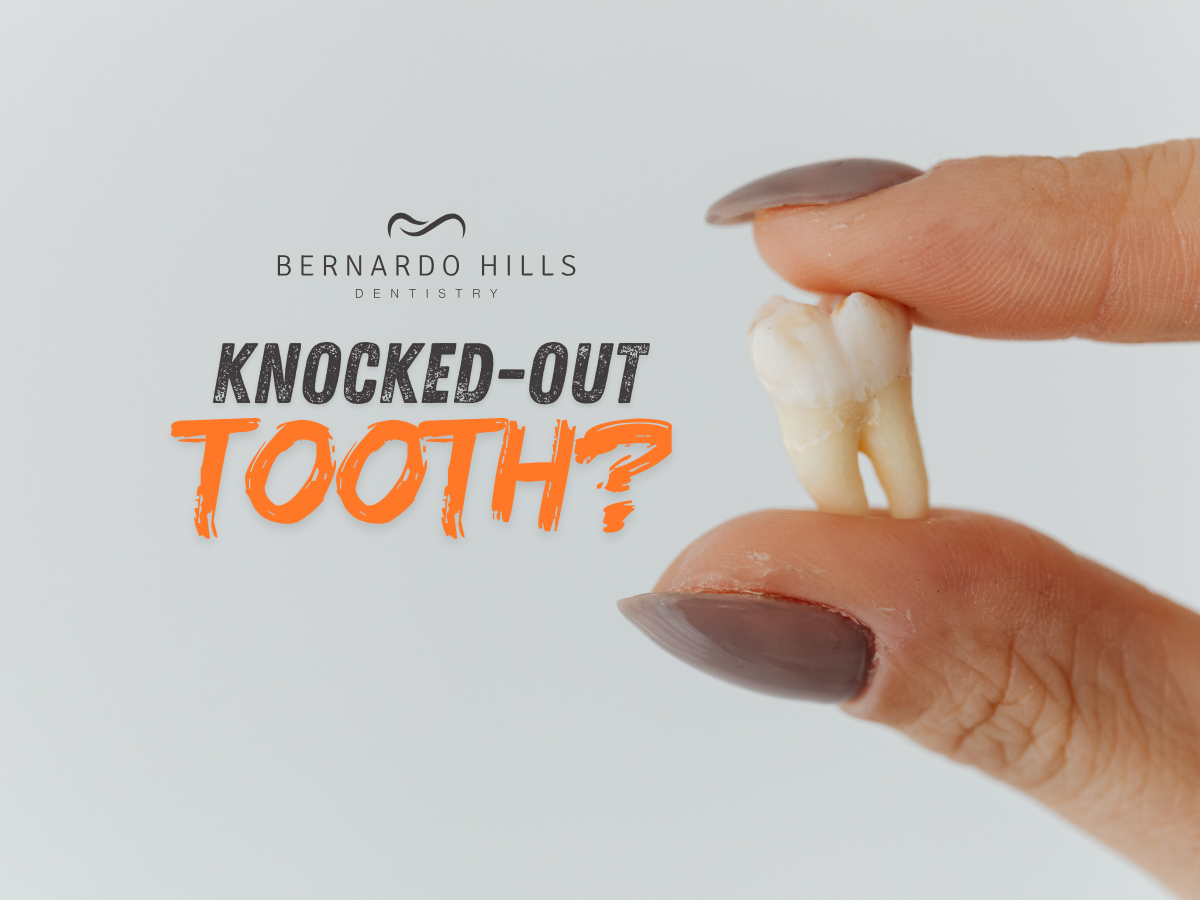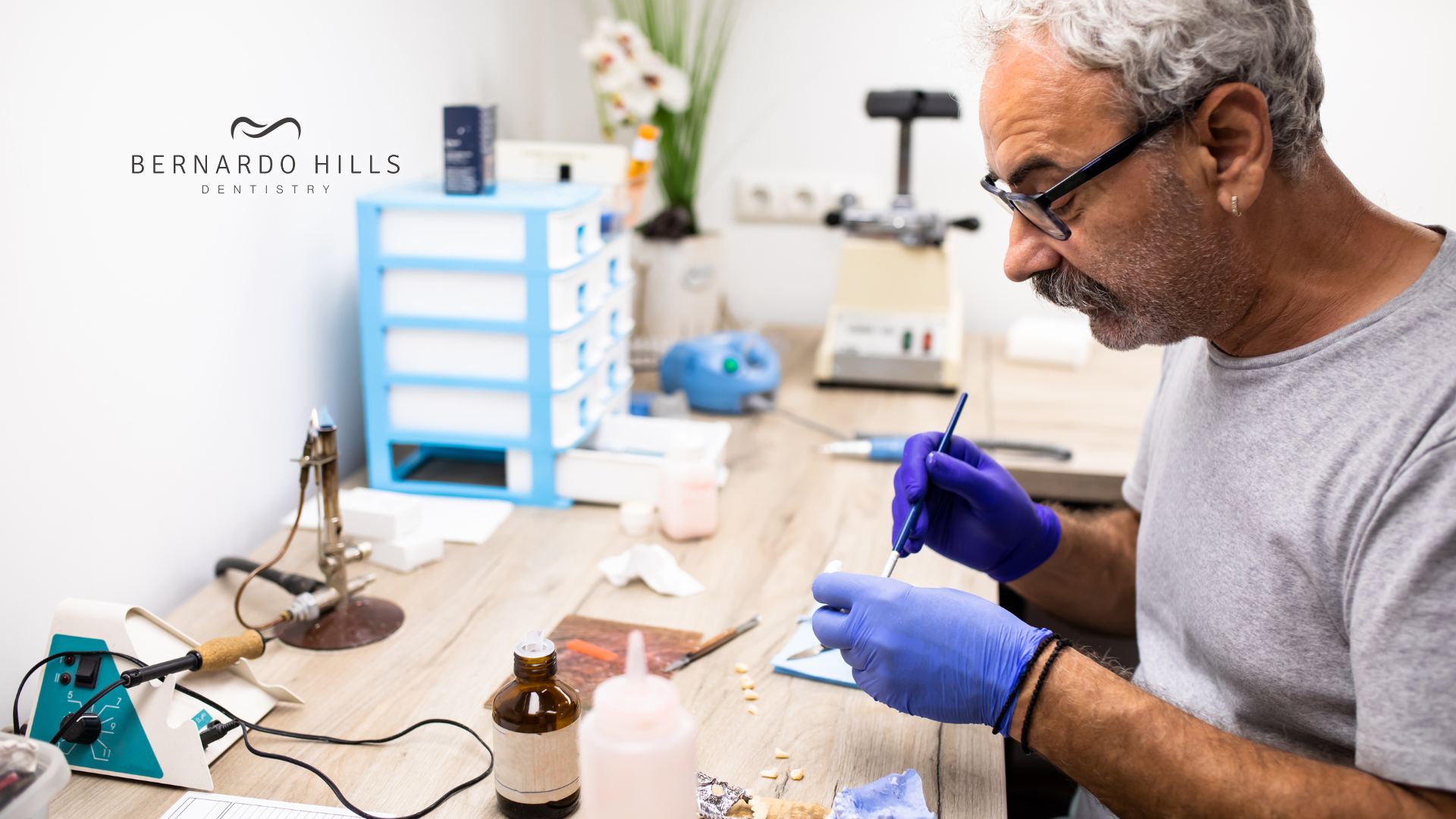When Can I Use a Straw after Tooth Extraction?
Recovering from a tooth extraction can be a delicate process, and understanding the right time to resume certain activities, like using a straw, is important for healing. This article explores the nuances of post-extraction care, focusing on when it is safe to use a straw. From the initial recovery phase to personalized advice from dental professionals, we will guide you through a smooth and complication-free healing journey.
Key Takeaways
- Avoid using straws for at least 24-48 hours after a tooth extraction to prevent complications.
- Using a straw too soon can disrupt blood clot formation, leading to dry socket and delayed healing.
- Consult your dentist for personalized advice on when it is safe to resume using straws based on your recovery progress.
- Hydration and nutrition are essential for recovery; opt for alternative methods like sipping from a glass or using a spoon.
- Recognize the signs of complications such as dry socket and infection, and seek professional help if needed.

1. Understanding the Healing Process After Tooth Extraction
Initial Recovery Phase
After a tooth extraction, the body initiates a healing process similar to any other wound. The empty socket fills with blood, which thickens to form a crucial blood clot. This clot is essential for protecting the underlying bone and nerve endings. In some cases, stitches may help close the wound and promote healing.
Signs of Proper Healing
Several signs indicate proper healing:
- Reduced bleeding and swelling within the first 24-48 hours
- Gradual decrease in pain and discomfort
- Formation of new tissue over the extraction site
Potential Complications
While most extractions heal without issues, complications can arise, such as:
- Dry socket, where the blood clot is dislodged
- Infection, indicated by increased pain, swelling, or pus
- Prolonged bleeding or severe pain
Following post-operative instructions is crucial to minimize the risk of complications and ensure a smooth recovery.
2. Why Straws Are Not Recommended Post-Extraction
Risks of Using Straws Too Soon
Using straws too soon after a tooth extraction can lead to several complications. The suction created when using a straw can dislodge the blood clot that forms in the extraction site. This blood clot is crucial for proper healing and protecting the underlying bone and nerves.
Impact on Blood Clot Formation
The primary reason straws are discouraged post-extraction is their impact on blood clot formation. Without a stable blood clot, you risk developing a painful condition known as dry socket. This can significantly delay the healing process and increase discomfort.
Alternatives to Using Straws
To avoid the risks associated with straws, consider these alternatives:
- Drink directly from a glass or cup.
- Use a spoon to sip liquids.
- Opt for a reusable water bottle with a spout.
Following your dentist's advice and avoiding straws is essential to ensure a smooth and complication-free recovery.
3. Safe Timeline for Using Straws After Tooth Extraction
First 24-48 Hours
During the initial 24-48 hours after a tooth extraction, it is crucial to avoid using straws. The suction created by using a straw can dislodge the blood clot that forms in the extraction site, leading to a painful condition known as a dry socket. Instead, focus on gentle hydration methods such as sipping water directly from a glass.
After the First Week
The extraction site should be more stable after the first week, but caution is still advised. If you need to use a straw, consult your dentist first. They may recommend waiting longer to ensure the site is adequately healed.
Consulting Your Dentist
Always consult your dentist before resuming the use of straws. They can provide personalized advice based on the specifics of your extraction and healing process. Regular follow-up appointments are essential to monitor your recovery and address any concerns.
Why Do You Have to Avoid Straws After Tooth Extraction? The primary reason is to prevent complications like dry socket, which can significantly delay healing and cause severe discomfort.
3. Tips for a Smooth Recovery Without Using Straws
Hydration Methods
Staying hydrated is crucial for a smooth recovery. Drink plenty of water, but avoid using straws, as they can disrupt the healing process. Instead, sip directly from a glass or use a spoon if necessary.
Eating Soft Foods
In the initial days following tooth extraction, stick to soft foods requiring minimal chewing. Some good options include:
- Mashed potatoes
- Yogurt
- Applesauce
- Smoothies (without a straw)
- Scrambled eggs
Gradually reintroduce regular foods as your healing progresses and comfort allows.
Managing Discomfort
To manage discomfort, follow your dentist's recommendations for pain relief. Over-the-counter pain medications can be effective, but consult your dentist before taking new medicines. Additionally, applying an ice pack to the outside of your cheek can help reduce swelling and numb the area.
Remember, every individual's healing journey is unique. Personalized advice from a dental professional can be invaluable in ensuring a smooth recovery.
4. Recognizing Signs of Complications
A dry socket is a common complication after tooth extraction. It occurs when the blood clot at the extraction site dislodges or dissolves before the wound has healed. Symptoms include severe pain, visible bone in the socket, and an unpleasant taste or odor.
Infections can develop if bacteria enter the extraction site. Be on the lookout for:
- Fever
- Pus or discharge
- Persistent swelling
- Redness around the extraction area
If you notice these signs, contact your dentist immediately to prevent the infection from spreading.
It's crucial to know when to seek professional dental care. Here are some indicators:
- Symptoms don’t improve or worsen over a few days
- Severe pain or bleeding that is unmanageable
- Difficulty in eating or drinking, which could lead to dehydration
- Persistent foul taste or smell, indicating possible infection
Prompt action can make a significant difference in your recovery process.
5. Personalized Advice from Dental Professionals
Importance of Follow-Up Appointments
Follow-up appointments are crucial to ensure that your recovery is on track. Your dentist will monitor the healing process and address any concerns you may have. These visits allow for timely interventions if complications arise.
Tailored Recovery Plans
Every patient is unique, and so is their recovery process. Dentists, including those at Rancho Bernardo, provide personalized recovery plans that cater to individual needs. These plans may include specific dietary recommendations, oral hygiene practices, and activity restrictions.
Questions to Ask Your Dentist
To make the most out of your dental visits, consider asking the following questions:
- What signs of complications should I watch for?
- How can I manage pain and discomfort effectively?
- Are there any specific foods or drinks I should avoid?
- When can I resume normal activities?
- What should I do in case of an emergency?
Maintaining open communication with your dentist is essential to ensure a smooth recovery. If you experience any unusual symptoms, don't hesitate to contact an emergency dentist in Rancho Bernardo for immediate assistance.
Frequently Asked Questions
-
When can I use a straw after wisdom tooth removal?
It is generally recommended to avoid using a straw for at least the first 24-48 hours after wisdom tooth removal. Using a straw too soon can disrupt the healing process and increase the risk of complications such as dry socket.
-
Why should I avoid using a straw after tooth extraction?
Using a straw creates suction in the mouth, which can dislodge the blood clot that forms in the extraction site. This can lead to a dry socket, a painful condition that can delay healing.
-
What are the risks of using a straw too soon after tooth extraction?
Using a straw too soon can dislodge the blood clot, leading to a dry socket, increased pain, and a longer healing period. It can also increase the risk of infection at the extraction site.
-
What are some alternatives to using straws after tooth extraction?
Instead of using a straw, drink directly from a glass or spoon to sip liquids. This helps minimize the risk of dislodging the blood clot and ensures a smoother recovery.
-
Can I use a straw after the first week of tooth extraction?
Depending on your healing process, some dentists may allow the cautious use of straws after the first week. However, it’s important to consult your oral surgeon or dentist for personalized advice based on your recovery progress.
-
What should I do if I suspect complications after using a straw post-extraction?
If you experience increased pain, swelling, or signs of infection after using a straw, contact your dentist or oral surgeon immediately. Prompt, professional help can prevent further complications and ensure proper healing.
Bernardo Hills Dentistry
11665 Avena Pl # 105, San Diego, CA 92128, United States
(858) 877-9307
Hours & Address
Monday: 9:00 am - 6:00 pm
Tuesday: 9:00 am - 6:00 pm
Wednesday: 8:00 am - 5:00 pm
Thursday: 8:00 am - 5:00 pm
Friday: 8:00 am - 2:00 pm
Saturday-Sunday: Closed
Navigation Links
Hours & Address
Monday: 9:00 am - 6:00 pm
Tuesday: 9:00 am - 6:00 pm
Wednesday: 8:00 am - 5:00 pm
Thursday: 8:00 am - 5:00 pm
Friday: 8:00 am - 2:00 pm
Saturday-Sunday: Closed
Navigation Links
Hours & Address
Monday: 9:00 am - 6:00 pm
Tuesday: 9:00 am - 6:00 pm
Wednesday: 8:00 am - 5:00 pm
Thursday: 8:00 am - 5:00 pm
Friday: 8:00 am - 2:00 pm
Saturday-Sunday: Closed
Navigation Links
Bernardo Hills Dentistry | All Rights Reserved



